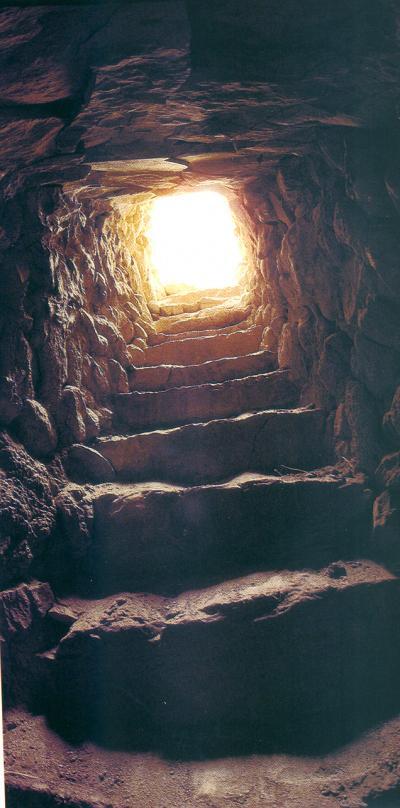Tel Aviv — Discovered by archaeologists in 1952, a 28-foot-high stone tower discovered on the edge of the town of Jericho has puzzled scientists ever since. Now, thousands of years after it was built, Tel Aviv University archaeologists at the ancient site Tel Jericho are revealing new facts about the world's first "skyscraper."
Recent computer-based research by doctoral student Roy Liran and Dr. Ran Barkai of Tel Aviv University's Jacob M. Alkow Department of Archaeology and Ancient Near Eastern Cultures at the Lester and Sally Entin Faculty of Humanities sheds light on who built the 28-foot-high tower — and why.
The researchers note that this is the first instance of human beings erecting such a tall structure, even before the transition to agriculture and food production in the region. Liran and Dr. Barkai now believe that the tower, which required about ten years to build, is an indication of power struggles at the beginning of the Neolithic period, and that a particular person or people exploited the primeval fears of Jericho's residents in persuading them to build it. The new revelations about the ancient tower were recently published in the journal Antiquity.
"In the newly published article, we present a new and exciting discovery," Liran and Dr. Barkai said in a joint statement, "which is connected to the exact position of the tower on the edges of the village of Jericho, and the shadow that covers the site when the sun sets on the longest day of the year."
A stairway (and tower) to Heaven
"Reconstruction of the sunset revealed to us that the shadow of the hill as the sun sets on the longest day of the year falls exactly on the Jericho tower, envelops the tower and then covers the entire village," the researchers explained. "For this reason, we suggest that the tower served as an earthly element connecting the residents of the site with the hills around them and with the heavenly element of the setting sun." Its construction may be related to the primeval fears and cosmological beliefs of the villagers, they note.

This is a view of the interior of the tower at Tel Jericho.
(Photo Credit: American Friends of Tel Aviv University)
Tel Jericho, located in modern day Jericho in the West Bank, is one of the most ancient sites in the world. The eight and half meter tower, which was built with a steep flight of stairs approximately one meter wide, rises above a four-meter wall that probably encompassed the city. The existence of the tower led to Jericho's identification as the first city in the world, even though it was in fact a settlement of pre-agricultural hunter gatherers.
"This was a time when hierarchy began and leadership was established," Dr. Barkai told the Jerusalem Post. "We believe this tower was one of the mechanisms to motivate people to take part in a communal lifestyle."
Debunking old theories
Some researchers have proposed that the tower and wall together comprised a system of fortification and a defense against flooding. Others have suggested the tower and wall as a geographical marker, defining the territory of the early residents of Jericho, and a symbol of the wealth and power of the ancient village.
In a 2008 article, the Tel Aviv University researchers proposed that the tower and wall of Jericho should be seen as cosmological markers, connecting the ancient village of Jericho with the nearby Mount Qarantal and sunset on the longest day of the year. The new paper fortifies their hypothesis.
This idea is based on the fact that the axis of the flight of stairs in the tower was built at a precise angle to the setting of the sun on the longest day of the year behind the highest peak overlooking Jericho, Mount Qarantal. They believe that it is humanity's first skyscraper, however small, and also the world's first public building.